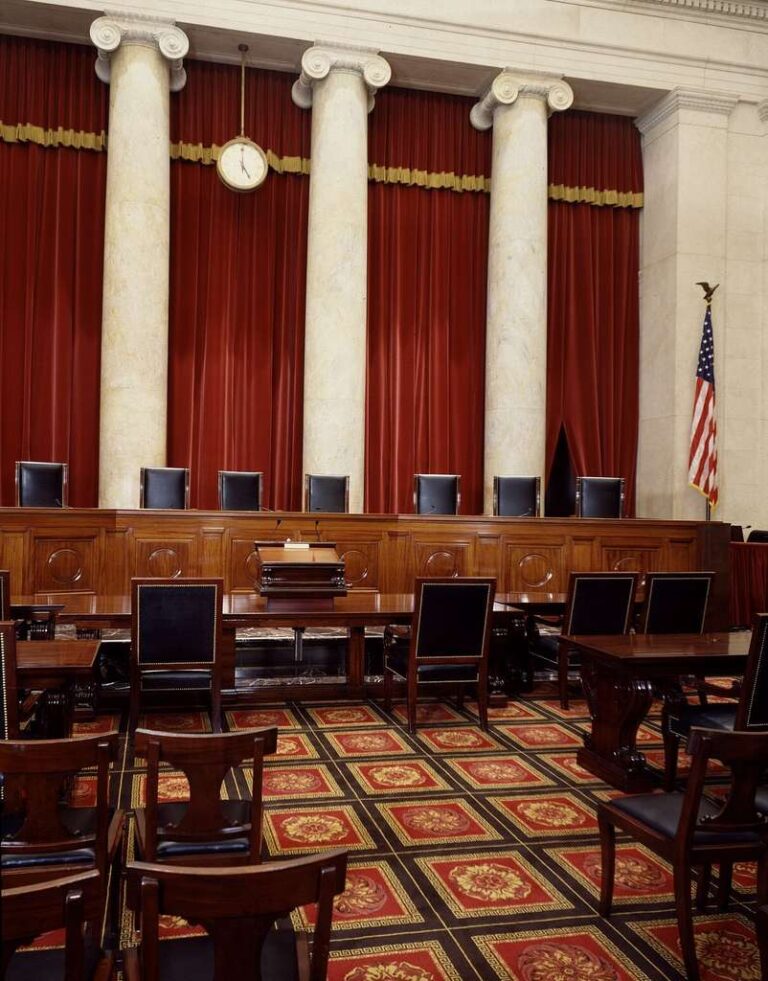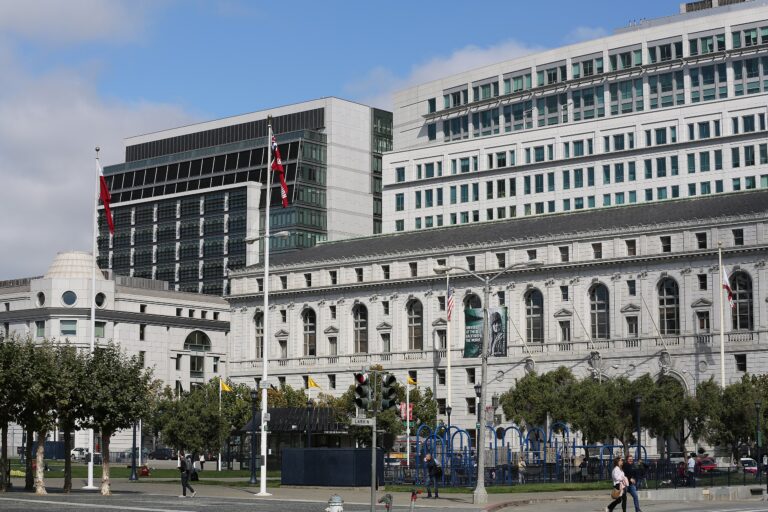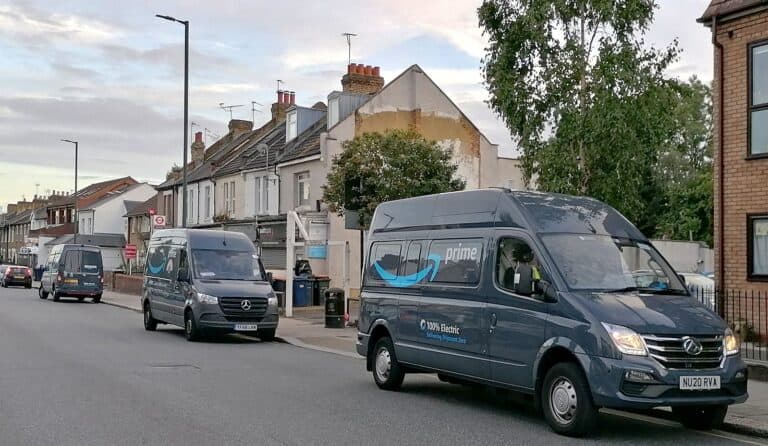
Benjamin Sachs is the Kestnbaum Professor of Labor and Industry at Harvard Law School and a leading expert in the field of labor law and labor relations. He is also faculty director of the Center for Labor and a Just Economy. Professor Sachs teaches courses in labor law, employment law, and law and social change, and his writing focuses on union organizing and unions in American politics. Prior to joining the Harvard faculty in 2008, Professor Sachs was the Joseph Goldstein Fellow at Yale Law School. From 2002-2006, he served as Assistant General Counsel of the Service Employees International Union (SEIU) in Washington, D.C. Professor Sachs graduated from Yale Law School in 1998, and served as a judicial law clerk to the Honorable Stephen Reinhardt of the United States Court of Appeals for the Ninth Circuit. His writing has appeared in the Harvard Law Review, the Yale Law Journal, the Columbia Law Review, the New York Times and elsewhere. Professor Sachs received the Yale Law School teaching award in 2007 and in 2013 received the Sacks-Freund Award for Teaching Excellence at Harvard Law School. He can be reached at [email protected].
Seth Harris and Alan Krueger released a paper yesterday in which they argue for a new legal classification of worker, something between the “employee” and the “independent contractor” designations of existing law. They call their new category the “independent worker” and they propose a host of revisions to U.S. labor and employment law (and antitrust and tax law) designed to accommodate the new category.
The paper is animated, of course, by the emergence of the gig economy and, in particular, by the example of Uber drivers – a subject we’ve paid a good deal of attention to here on the blog. Harris & Krueger deserve credit for bringing some real substance to a debate that has, to date, been short on it. They also deserve credit for identifying and taking seriously a risk that underlies the move toward a third category of worker: the risk that a new category will merely enable firms to take advantage of the cost savings that come from avoiding employment responsibilities (what the authors call “regulatory arbitrage”).
In my view, however, Harris & Krueger’s proposal falters at step one because the authors fail to justify a need for the new classification of worker that they propose.
At the outset of their analysis, Harris & Krueger write that the existing system of employment protections “should be preserved unless there are compelling reasons to alter it.” This is the right place to start. Before we get into the details of what a new legal status for work ought to look like, we need to figure out why such a status is needed. There are essentially two possible theories that could justify adopting a new status. One, if the law’s current categories – employee and independent contractor – are unable to capture a new type of working relationship, that would be a compelling reason to add a new category. Two, if putting Uber drivers into an existing legal category – namely, the employee category – would destroy the Uber business model, then that might also give us reason to create a new category of worker. (I say might because we might also decide that a business model that can’t comply with the current regulatory regime is a business model not worth protecting.)
Harris & Krueger believe that both of these theories obtain in the Uber context. They argue, first, that Uber drivers “do not fit into either of the two legal statuses currently available under U.S. labor, employment and tax laws.” And, second, they contend that “[f]orcing these new forms of work into a traditional employment relationship could be an existential threat to the emergence of online-intermediated work, with adverse consequences for workers, consumers, businesses, and the economy.” If the authors were right on either of these points, they might have a case for the new category of worker. But I don’t think they succeed in supporting either claim.
Harris & Krueger’s first argument is off the mark because Uber drivers do, as I’ve written before and as numerous decisionmakers have concluded, fit within the legal definition of employee. Harris & Krueger dispute this position, but in a surprisingly cursory manner. Surprising because so much of the analysis in the paper depends on establishing that Uber drivers aren’t, simply, employees.
What Harris & Krueger do argue is as follows:
Independent workers are not employees for the following reasons: they do not make themselves economically dependent on any single employer, they do not have an indefinite relationship with any employer, and they do not relinquish control over their work hours or opportunity for profit or loss.
But this argument doesn’t accurately capture the law of employee status. Under current doctrine, as the authors themselves acknowledge, whether a worker is a legal employee depends on a host of factors, none of which is dispositive. Thus (even assuming for the moment that Harris & Krueger’s assertions here are all factually accurate), a finding that independent workers aren’t dependent on a single employer, don’t have indefinite relationships with employers, and don’t give up control over hours worked or opportunity for profit and loss, would not lead to a legal conclusion that the workers aren’t employees.
That’s because such a conclusion would require a determination about a range of other factors, most of which would cut in favor of employee status. These other factors include: the nature and degree of the firm’s control over the work; whether the work is an integral part of the putative employer’s business; how the worker’s relative investment compares to the employer’s; whether the workers’ managerial skills affect the opportunity for profit or loss; and whether the work performed requires special skill and initiative. As I’ve written, all of these factors support a conclusion that Uber drivers are employees. Among the more important of these, Uber controls access to its platform (it hires workers, then sets performance standards through the star rating system, and then fires workers who don’t meet those standards), it sets compensation (dictating what drivers can charge and how much of the fare they get to keep), and it limits substantially the range of “entrepreneurial” decisions that drivers can make (if a driver wanted to do only airport rides, for example, or stick to one neighborhood, that would eventually lead to the driver being kicked off the platform).
This, though, is not the only problem with this part of the authors’ analysis. Harris & Krueger also oversimplify some of the facts to support their legal point. They argue, for example, that Uber drivers “do not make themselves economically dependent on any single employer.” This may be true for some, perhaps even a majority, of Uber drivers. But it’s not true for all of them. What of the Uber drivers who do drive full time? Why are they not economically dependent on a single employer, precisely to the same extent that someone who works full time for Wal-Mart is economically dependent on Wal-Mart?
Relevant to this piece of the analysis is the fact that Uber has structured its payment system in a manner to encourage this kind of dependence. Last summer, for example, Uber implemented a “tiered fee structure” in certain markets, under which its “take rate” (the percentage of each fare that the firm retains) decreased the more a driver drove for Uber. Thus:
According to the Wall Street Journal, Uber will lower [its] take-rate for drivers as they complete more and more rides each week. . . . ‘In San Francsico, a new UberX driver pays 30% of fares to the company for the first 20 rides in a given week. The rate then falls to 25% of fares for the next 20 rides, and to 20% for any additional rides in the same week.’ Lyft has had a similar tiered fee structure since last year: as with Uber, the Lyft take-rate declines as drivers do more driving.
The incentive created by these declining take-rates is clear. As the Journal put it, ‘[t]he new system . . . encourages drivers to work exclusively for Uber, rather than switch between the app and competing rideshare services like Lyft.’ According to the Journal, this incentive has employment law implications: ‘[i]n motivating drivers to commit to their services full-time, both companies may be undermining their own claims, now being tried in the courts, that drivers are independent contractors.’
So, the claim that Uber drivers don’t fit the definition of employee is legally and factually questionable. But Harris & Krueger also defend their contention that Uber drivers can’t be employees in a second way, by asserting that “the boundary between work and nonwork for independent workers is largely indeterminable.” Because we can’t really know when an Uber driver is working and when she is not, the argument goes, we can’t apply employment laws like the Fair Labor Standards Act or unemployment insurance statutes in the Uber context. This defense of the independent worker concept, however, is also flawed.
To support their contention about the immeasurability of work time, and thus the impossibility of applying wage and hour law in the Uber context, the authors offer an example. They ask readers to imagine an independent worker “driving around her city in her car” with apps for both Uber and Lyft open on the dashboard. The driver is waiting for a customer, and the question is whether the driver should be compensated for this waiting time, and, if so, whether she should be compensated by Uber or Lyft (or by some combination of the two firms). The authors begin their analysis of the hypothetical by showing how under existing law the driver is “waiting to be engaged” (not “engaged to be waiting”) and therefore not eligible for compensation. This is true primarily because the driver can use the waiting time “for her own personal purposes.” On the authors’ own legal analysis, then, the driver is not entitled to compensation during the waiting time. There is, thus, no complicated FLSA problem, and no tricky employment law issue to be solved. We just have an example – one of many others from the law of the FLSA – of noncompensable waiting time.
But instead of accepting their own legal analysis, the authors make a different move. They write, “[l]et’s assume for purposes of reaching the second question, however, that this legal analysis is incorrect and that the driver is deemed to be engaged to wait,” and therefore entitled to compensation. (My emphasis). If we assume this – again, if we assume that the authors’ own legal analysis is wrong – then we get a tricky FLSA question about which firm, Uber or Lyft, is responsible for the compensation. But that tricky question (probably not unresolvable in any event) won’t arise in the real world for the reasons the authors establish: the waiting time isn’t compensable in the first place. Since it’s not compensable, we don’t have to worry about counting it, and there’s no issue about measuring work time.
In sum, Harris & Krueger’s first argument for a new category of worker depends on an assertion that Uber drivers can’t be classified as employees under current law, an assertion that seems incorrect as both a matter of law and fact. In addition to their argument that current law doesn’t capture the Uber context, however, the authors also support their call for a new category by claiming that a legal determination of employee status would pose an “existential” threat to the Uber model. But the paper, as I read it, is devoid of support for this claim. We aren’t told why Uber and similar firms can’t afford to comply with employment laws when everyone else in operation today is expected to do just that.
There may well be a real issue here, and it’s one that Harris & Krueger allude to. If a finding of employee status meant that Uber were required to pay its drivers (and provide unemployment insurance) whenever those drivers turned on the app, that might present an existential problem. Such a rule would not only be very costly, it would also enable drivers to earn money in slow markets without doing anything. It would thus put pressure on Uber to control hours and schedule workers, thus departing fundamentally from the current business model.
But there’s a straightforward answer to this problem. The answer is to recognize that work time does not begin when an app goes on, but is instead pegged to the time a driver is actually driving to pick up and transport a customer. If we recognize this, then finding drivers to be employees would not pose this kind of existential threat to the Uber business model. It would only require Uber and similar companies to play by the same rules that all the other employers in the U.S. labor market play by.






Daily News & Commentary
Start your day with our roundup of the latest labor developments. See all
October 10
California bans algorithmic price-fixing; New York City Council passes pay transparency bills; and FEMA questions staff who signed a whistleblowing letter.
October 9
Equity and the Broadway League resume talks amid a looming strike; federal judge lets alcoholism ADA suit proceed; Philadelphia agrees to pay $40,000 to resolve a First Amendment retaliation case.
October 8
In today’s news and commentary, the Trump administration threatens no back pay for furloughed federal workers; the Second Circuit denies a request from the NFL for an en banc review in the Brian Flores case; and Governor Gavin Newsom signs an agreement to create a pathway for unionization for Uber and Lyft drivers.
October 7
The Supreme Court kicks off its latest term, granting and declining certiorari in several labor-related cases.
October 6
EEOC regains quorum; Second Circuit issues opinion on DEI causing hostile work environment.
October 5
In today’s news and commentary, HELP committee schedules a vote on Trump’s NLRB nominees, the 5th Circuit rejects Amazon’s request for en banc review, and TV production workers win their first union contract. After a nomination hearing on Wednesday, the Health, Education, Labor and Pensions Committee scheduled a committee vote on President Trump’s NLRB nominees […]